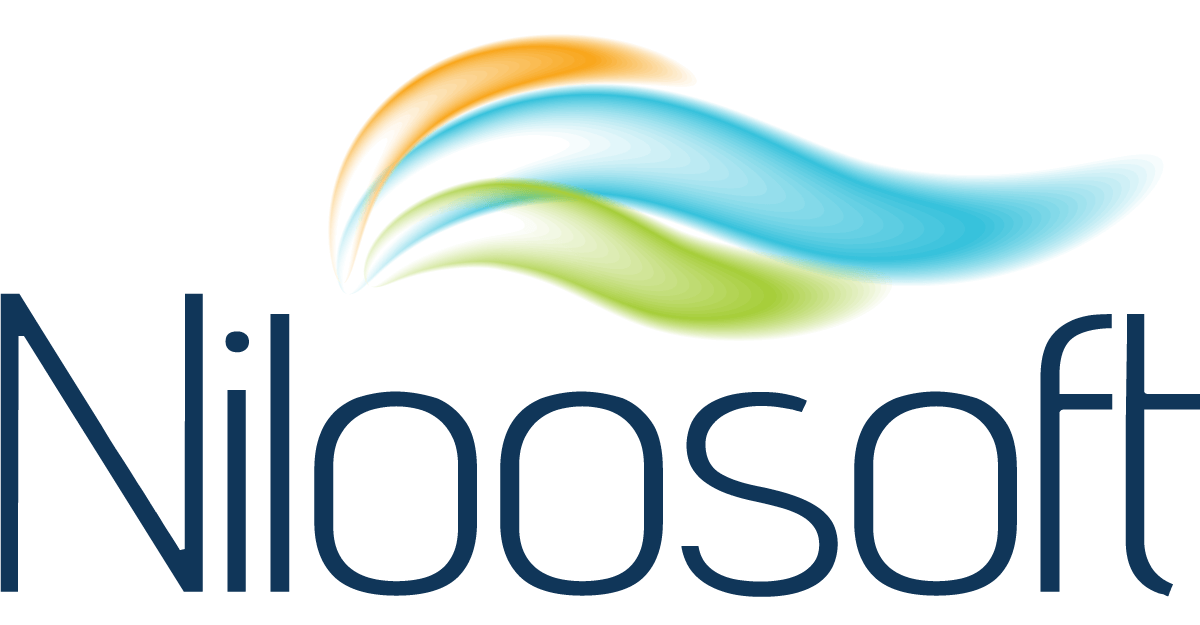Hiring exceptional people is the lifeblood of thriving companies. But as headcounts expand, overload plagues in-house talent teams lacking advanced recruitment infrastructure. Crushing workloads cause communication breakdowns where stellar applicants fall through the cracks.
Outsourced human capital partners armed with intelligent software transcend these pitfalls. Automation streamlines the entire talent cycle – from sourcing prospects to onboarding new recruits. This allows your flexible workforce to focus exclusively on human-centric hiring critical for long-term growth.
Below we explore 10 ways the right technology empowers recruitment process outsourcers (RPOs) to drive enterprise-wide hiring efforts at scale while delivering exceptional experiences.
#1 Radically Compress Time-To-Hire
Optimizing job posting to offer completion is automation’s clearest value. Recruiting tools eliminate manual tasks so talent specialists can focus on high-impact work. Software intuitively tracks candidate progress, coordinates interviews, and more. With time-draining administration absolved, RPOs devote energy to compelling in-person meetings and reference checks vital for informed decisions.
Accelerating placement is imperative amid cutthroat wars for top talent. Excessive delays risk losing promising applicants to competitors. Intelligent platforms simultaneously enhance experiences and efficiencies – the best talent sticks around.
#2 Attract Premium Talent at Scale
Beyond accelerating hiring, RPOs must source stronger candidates than in-house functions realistically could alone. Centralizing job advertising across channels while integrating skills tests and custom application forms draws in more qualified people.
Tools automatically post openings on relevant job boards and niche sites with one click. Recruiters then analyze metrics to determine optimal sources and messaging for roles. Refining sourcing strategy this way tackles the right talent markets to meet specialized hiring needs.
#3 Equip Collaborative Hiring Across Divisions
Mission-critical software also connects all stakeholders to streamline appraisal. Hiring managers, recruiters, and technical interviewers access unified interfaces to evaluate applicants. Standardized scoring rubrics align assessments while discussion boards facilitate sharing feedback.
Rather than siloed decisions, executives gain holistic insights to guide final calls. Structured collaboration balances individual perspectives against overarching criteria to surface the best-fit hires.
#4 Master the Life Cycle Through Onboarding
End-to-end visibility remains imperative as employees transition onto teams. Onboarding checklists within recruitment tools ensure smooth assimilation. But onboarding modules also equip recruiters to support managers directly integrating new hires.
This continuity demonstrates deep commitment throughout the talent cycle. With onboarding automated, RPOs shift focus to fostering cultural assimilation and steering managers to successfully ramp up recruits.
#5 Boost Candidate Satisfaction
memorandum Candidate experience defines an organization almost as much as its actual people. Thus RPOs must champion satisfaction throughout hiring journeys. Recruitment process outsourcing is no longer transactional – it’s about relationships.
Intuitive software empowers recruiters to communicate with candidates personally and at scale. Automated emails, SMS and chatbots keep applicants informed of status changes while providing resources to learn about company mission and culture.
Candidates feel respected, excited and engaged to join rather than processed. Exceptional experiences distinguish progressive employers amid cutthroat competition.
#6 Unlock Data-Driven Continuous Improvement
Built-in analytics within recruitment tools drive optimization. RPOs gain transparency into previously nebulous metrics like application completion rates, interview-to-offer ratios, and cycle times by department. Trend analysis determines what works across roles and business units while pinpointing impediments.
Armed with intelligence, RPOs overhaul and refine strategy. They double down on techniques yielding ideal candidates and reengineer ineffective aspects hindering managers. Access to analytics institutes consistent evolution vital for large-scale hiring excellence.
#7 Meet Surging Hiring Demands
Growth frequently strains even RPO capabilities as enterprises rapidly expand. Lean recruitment process outsourcing teams are overwhelmed by ballooning open requisitions. Yet outsourcers must rapidly scale talent acquisition to fuel business trajectory.
Sophisticated software solves this. Automating administration alleviates the burden so strategists support more hiring managers than previously feasible. This facilitates matching proliferating opportunities with qualified applicants to hit targets.
#8 Lower Costs While Extracting Higher ROI
Savvy transformation also squeezes more impact from investments. While RPOs demand greater funding than in-house functions to actualize quality, automation unlocks major savings.
Systems centralize existing processes to dissolve excess spend. Investments shift from generalized HR administration to revenue-driving recruiting analysts. Rightsized technology budgets fuel strategic objectives, including scaling volume hiring, nurturing talent communities and expanding employer branding reach.
#9 Neutralize Loss From Recruiter Churn
Even the best outsourcing teams experience disruptive attrition. Recruiters receive frequent counteroffers while top performers get poached. Losing top consultants cripples consistency and trust earned with hiring managers. Yet software mastery sustains program performance despite churn.
Tactical process automation via recruitment tools retains institutional wisdom. Excellent systems document interactions, provide context to new team members and prescribe next steps through sophisticated workflows. Recruiters seamlessly pick up where predecessors left off.
#10 Future-Proof Capabilities
The war for talent accelerates each year. Approaches growing teams yesterday fail to meet tomorrow’s challenges. Economic volatility, remote work and automation will constantly reshape hiring difficulty. Only RPOs actively building skills in lockstep with industry evolution will thrive long-term.
Technology lays this foundation. Cloud-based recruitment software centralizes candidate data while applying continual upgrades to match market demands. This cloud delivery model avoids large-scale replacement projects down the line. Recruiters benefit from up-to-date features to drive hiring into the future.
Core Pillars of Recruitment Software for RPOs
Transforming high-volume hiring requires more than generalist human capital management systems. Purpose-built recruitment process outsourcing software designed for services provides the specialization to excel. Four foundational pillars are:
Unified Platform: A centralized interface for all users rather than separate portals by role. Everyone works from shared data within a common modules like candidate tracking, talent pools, interview scheduling, and more.
Process Automation: Out-of-the-box workflows standardize manual procedures for efficiency while eliminating bottlenecks. Tasks flow across teams while approvals, questionnaires and documents move candidates along automatically.
Compliance: Adaptable security configurations, access controls and permissions meet regulated business needs. Granular settings align with organizational policies and regional requirements.
Configurability: No code customization empowers admins to tailor system experiences without developer assistance. This flexibility allows modifications in response to use feedback and evolving RPO service scope.
Capabilities beyond software also play a critical function in recruitment transformation, which we explore below.
Added Components for Optimizing RPO Models
Technology builds a solid recruitment outsourcing foundation, but people and process changes drive results. The total value equation depends on realigning priorities and focus areas through:
Specialized Support: Platform providers offer strategic counsel for adoption beyond basic training. Analysts with deep RPO expertise review current processes and requirements to ensure system design achieves goals. They become trusted advisors steering technology success.
Change Management: Any automation shift causes disruption even when beneficial long-term. Programs ease transitions via stakeholder education, workflow analysis, and usage encouragement. Smooth transformation and adoption empowers the tools to unlock ROI.
Ongoing Optimization: Continual tuning through metrics analysis and recruiter feedback institutes lasting excellence. Adding capabilities, reconfiguring systems and driving user proficiency ensures innovation matures improved hiring.
Upgrades: Cloud delivery provides constant capability enhancements responsive to market dynamics. Quick iteration bolsters systems against future needs rather than quick stagnation. Recruiters lean on vendors expanding possibilities over time.
Why Outsourced Recruiters Need Applicant Tracking Systems
Applicant tracking systems (ATS) are pivotal for staffing and recruitment process outsourcing firms managing high-volume hiring across clients. ATS software centralizes candidate data while governance tools track KPIs like time to fill by opening. This visibility facilitates optimization.
Core benefits also include:
Process Automation – Structured workflows standardize candidate advancement
Mobility – Mobile apps empower reviewing submissions and collaborating remotely
Customization – Tailorable application forms and client portals meet unique needs
Ecosystem Integrations – APIs connect preferred video interviewing, skills testing and background check platforms
Recruiter Collaboration Tools – Shared access and discussion interfaces facilitate team decisions
Offer Data Population – Critical details carry from system of record into offer generation
Without automation, productivity sinks beneath manual redundancy while placement delays frustrate clients. Powerful ATS alleviates these barriers so strategic consultants drive account growth.
When your services scale, applicant tracking inherently lifts profitability by optimizing requisition loads. Tight integration, smart workflows and instant data access equip expanded teams to fuel greater client demands.


